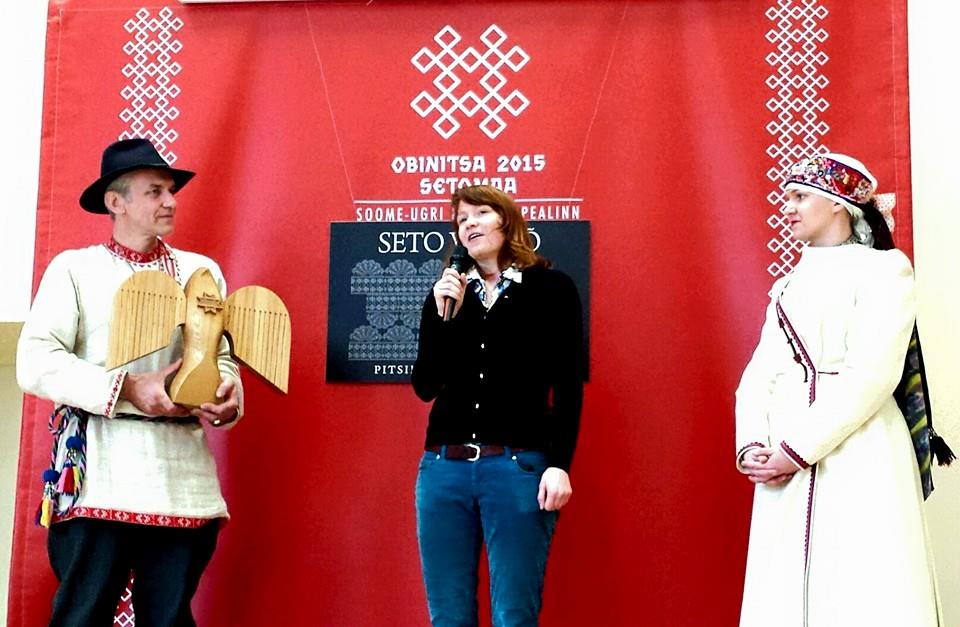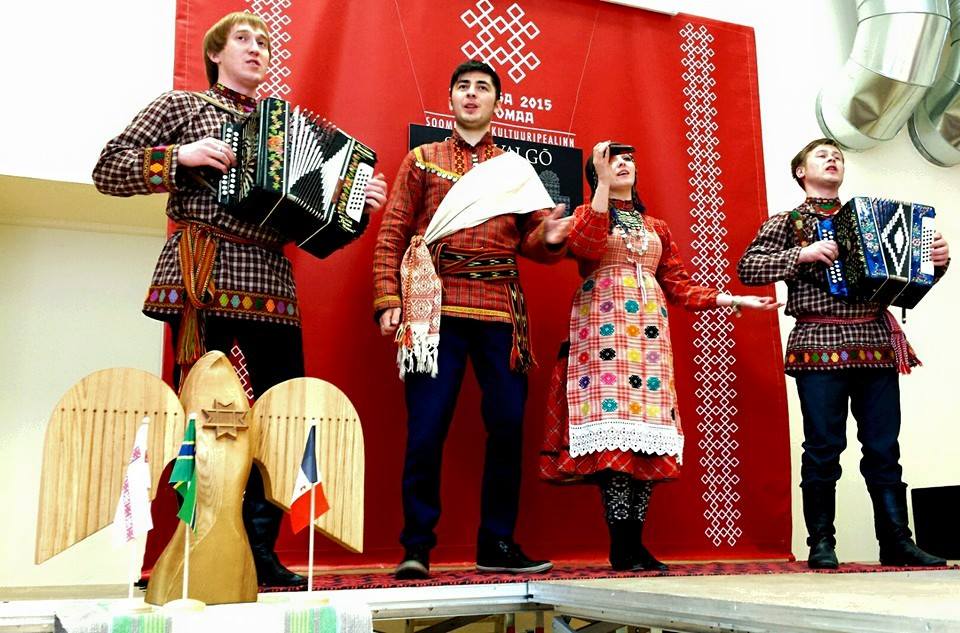On March 21, the competition for the title of Finno-Ugric Capital of Culture 2016 was announced in Obinitsa (Setomaa, Estonia) by representatives of MAFUN – Youth Association of Finno-Ugric Peoples. Geographic focus of this year’s competition will be on Russia’s North as well as the Hungarian-speaking world. Winner of the Finno-Ugric Capital of Culture 2016 competition will be announced on July 31 in Tartu during the Congress of MAFUN.

Finno-Ugric Capitals of Culture is an initiative of MAFUN – Youth Association of Finno-Ugric Peoples – with the objectives to strengthen common identity of kindred Finno-Ugric and Samoyedic peoples, to raise awareness of Finno-Ugric and Samoyedic peoples and languages and the Uralic language family, and to stimulate cultural, economic and civic development on a local level. First-ever Finno-Ugric Capital of Culture was Udmurtian village Bygy (www.bygy.info) in 2014 and the current holder of this title is Seto village Obinitsa – Finno-Ugric Capital of Culture 2015 (www.obinitsa.net).
Announcement of the current competition is a testimony to the sustainability and effectiveness of the Finno-Ugric Capitals of Culture programme. During the past two years the programme has received wide coverage both within and outside the Finno-Ugric world, including at the 13th session of the United Nations Permanent Forum on Indigenous Issues (UNPFII) held in New York in May 2014. Status of the Finno-Ugric Capital of Culture has provided tangible benefits to both regions that have won the title.
According to the Statutes of Finno-Ugric Capitals of Culture, the programme has been initially designed for 4 years (2014-2017), during which a principle of geographic rotation is applied in the selection of capitals of culture. As a result, the geographic focus of the current competition will be on the following regions of the Finno-Ugric world: Russia’s North (including Komi Republic, Perm Region, Nenets, Yamal-Nenets and Khanty-Mansi Autonomous Regions), Hungary and other Hungarian-speaking regions in Europe. In addition, applicants from Russia’s Volga river basin area (including Republics of Mordovia, Mari El, Bashkirtostan and Tatarstan) are welcome to apply.
Competition for the title of Finno-Ugric Capital of Culture 2016 will take place in two stages: in Stage 1, candidates will submit written applications by May 31, 2015. Based on these applications, 5-member jury consisting of Sampsa Holopainen (MAFUN), Aapo Ilves (Estonia), Ildikó Lehtinen (Finland), Norbert Kiss (Hungary) and Artem Malykh (Udmurtia / Russian Federation) will select by June 31 top three candidates who will deliver live presentations in front of the jury on July 31 in Tartu, Estonia. Winner of the Finno-Ugric Capital of Culture 2016 will be announced on the same day during the closing ceremony of MAFUN Congress.
More information about the competition of Finno-Ugric Capitals of Culture is available on the programme website www.uralic.org .
CONTACT
Oliver Loode
Programme Bureau of Finno-Ugric Capitals of Culture
Tel. +372 513 2992

Write first comment